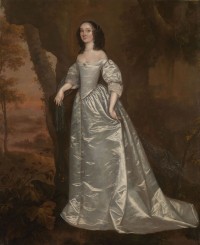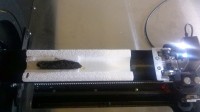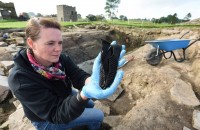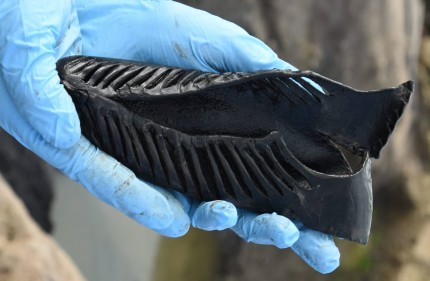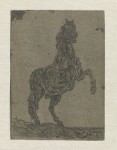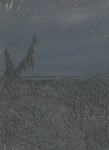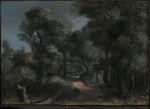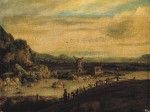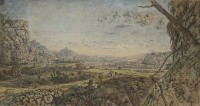 Archaeologists excavating Woodsford Quarry in Dorset have unearthed a sarcophagus containing a skeleton whose feet were bent backwards. The sarcophagus, carved out of a single large block of limestone, was found in a grave 5’11” long, 1’10” inches and just one foot deep. Initial osteological examine found the skeleton was that of a young man in his 20s or 30s who was about 5’10” tall. There are no indications from the bones of disease or possibly fatal trauma.
Archaeologists excavating Woodsford Quarry in Dorset have unearthed a sarcophagus containing a skeleton whose feet were bent backwards. The sarcophagus, carved out of a single large block of limestone, was found in a grave 5’11” long, 1’10” inches and just one foot deep. Initial osteological examine found the skeleton was that of a young man in his 20s or 30s who was about 5’10” tall. There are no indications from the bones of disease or possibly fatal trauma.
Hills Quarry Products contracted Thames Valley Archaeological Services (TVAS) to survey the Woodsford site and excavations have been ongoing for years. At least 11 othr burials have been found at the quarry, but because the soil is highly acidic, no human remains survived. The solid limestone coffin protected these bones from the ravages of the environment, although its lid is long gone, probably destroyed by farming activity which archaeologists have found evidence of going back 4,000 years to the Bronze Age.
Director of TVAS, Dr Steve Ford, explained why this was such a significant find. He said: “In the Roman period, burial in a sarcophagus was moderately common in Italy but very unusual in Britannia, where even wooden coffins seem to have been rare.
“A stone sarcophagus was certainly a very prestigious item, and their distribution across the country is restricted. Only around 100 are known and it is believed that this might be only the 12th to come from Dorset, with 11 others all from Poundbury.
“It is possible that the practice reflects a folk memory of a longer tradition in the South West, however, where stone lined cist burials can be traced back to the New Stone Age around 3000 BC.
“In fact, this sarcophagus may have been reused, as it was several centimetres too short for the corpse, whose feet had to be tucked under him.”
The skeleton will be subjected to further testing to determine if possible the cause of death and a burial date. After analysis is complete, the skeleton, sarcophagus and other artifacts from the Late Iron Age through the Roman era (1st century B.C. to the 5th century A.D.) discovered at the site will be donated by the landowner to the Dorset County Museum in Dorchester.
